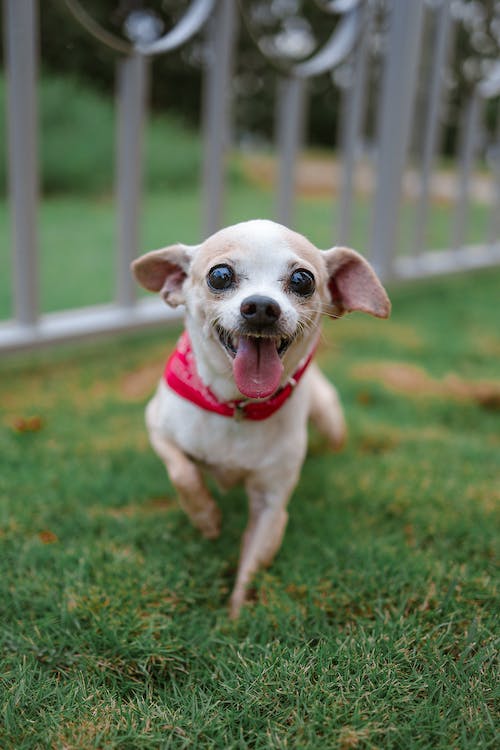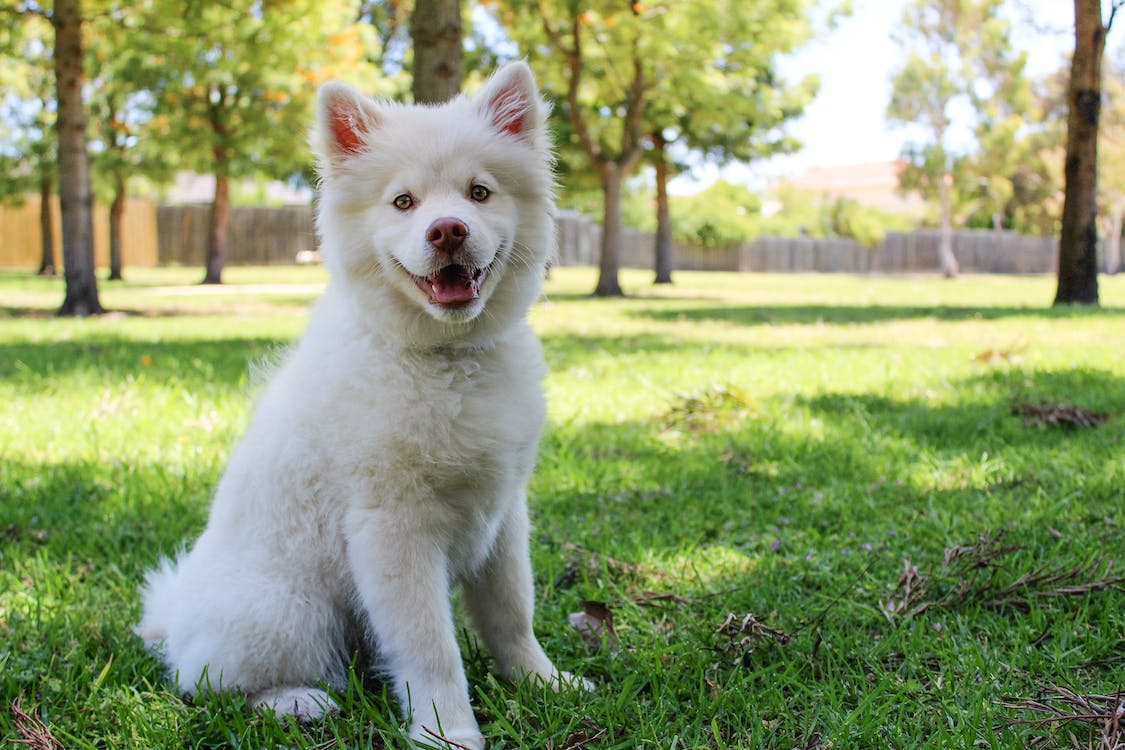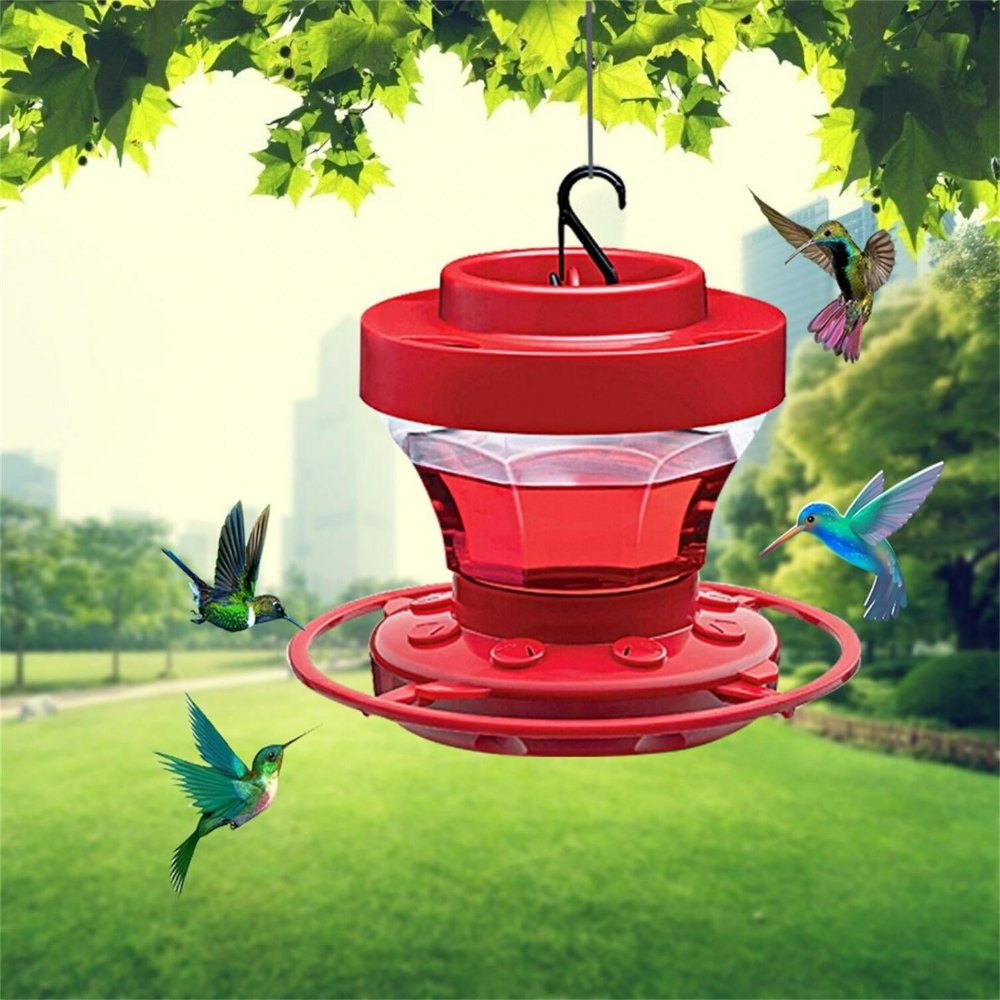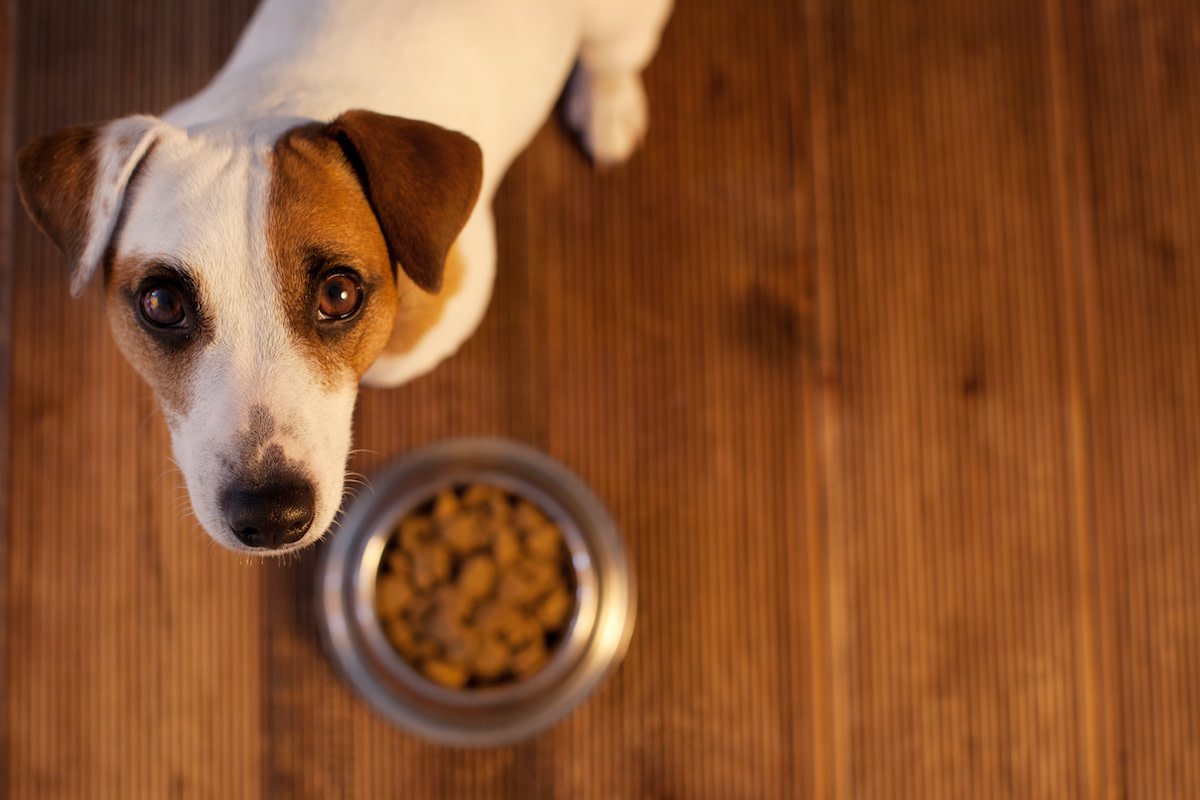Seeing your happy-go-lucky dog flash their pearly whites makes you automatically smile back and lavish them with praise. But not all doggie grins carry the same friendly context. Understanding what drives certain smile types in dogs helps owners interpret subtle differences in meaning to better respond accordingly.
Classic Play Smiles
The most common joyful smile pulls their mouth into a relaxed, open grin with tongue lolling out the side. Soft eyes, wagging tail and play bow clue you into their lighthearted invitation to romp and engage in fun. This infectious expression undoubtedly means they are feeling good!
Stressed or Conflicted Smiles
In uncertain situations like meeting strangers approaching at night or children getting overly handsy, nervous dogs pull their lips up vertically but keeping their mouth tensely closed. Whale eyes plus tightly pinned back ears reveal their uncomfortable mindset despite the tense smile aimed at appeasing.

Submissive Smiles
Particularly prone in shy, insecure or previously abused dogs, submissive smiling features a slightly closed mouth with puppy-like pulled back lips portraying vulnerability. It aims to prevent conflict by endearing them to perceived threats. But understandable distress hides beneath their reflexive grin.
Dominant Smiles
Confident dogs directing deep, aggressive stares with narrowed, hard eyes plus exposed front teeth and tensely closed mouths convey superiority and warning over something they want to control – be it territory, toys or access to owners. Don’t reciprocate or reward this demanding behavior.
Seniorsmile
Aged dogs often develop a permanent mildly Curled lip with front teeth showing due to facial muscle laxity and missing molars. Their expressions still relay contentment despite droopy features. Giving affection maintains their quality of life feeling loved.
Why Discerning Smiles Matter
Recognizing whether your dog’s smile signals playtime fun versus anxiety or warning makes a big difference In how you respond In the moment. Meeting tense grins with reassurance and creating positive associations helps shy dogs gain confidence. But rewarding dominant smiles only Intensifies pushy problems down the road. Understanding what your dog’s silly smile signifies In context Is central to reacting appropriately.

Frequently Asked Questions
Why does my dog sneeze when playing or smiling?
It’s Called a play sneeze! Light rapid sneezes during play or when greeting beloved owners represent bubbly excitement, similar to human laughter. It’s completley normal so relax and smile back.
My dog’s lip gets Stuck on a fang tooth when smiling. Should I worry?
Not necessarily. If it quickly rights Itself without cuts or damaged tissue, this quirky little lip flip could just be harmless muscle quiver caused by previous minor nerve damage. But do monitor for worsening with vet checks.
Are dog smiles always happy?
No! Unlike people, dogs can’t intentionally make social smiling expressions on command. Their smiles reflect Inner emotions ranging from joyful, social bonding to anxiousness, confusion and dominance. Learn their individual subtleties.
When It comes to interpreting doggie grins, context provides critical clues Into whether It’s playtime happiness or discomfort they want you to address with care and understanding. Know your faithful friend’s smile spectrum.


